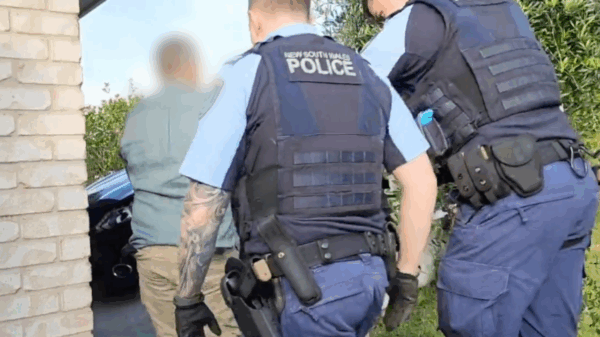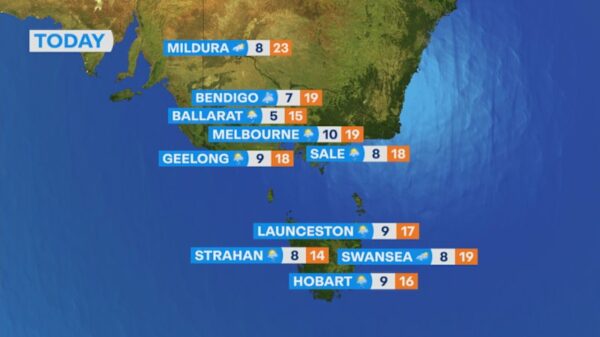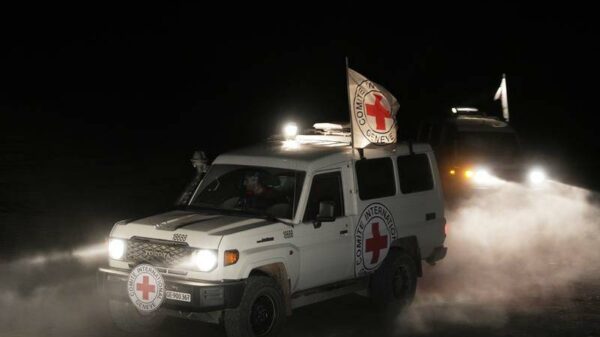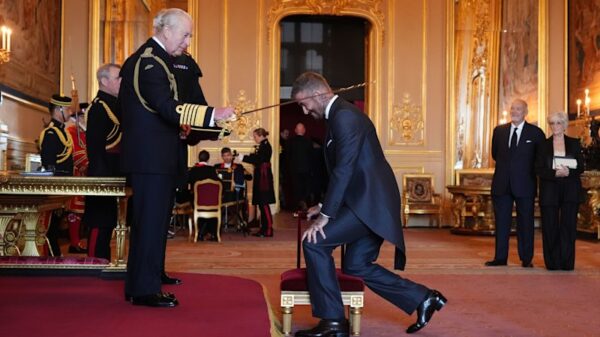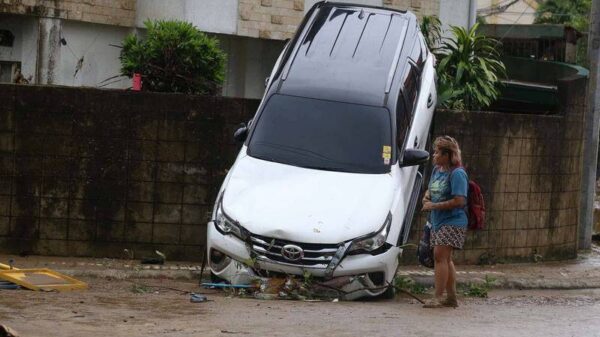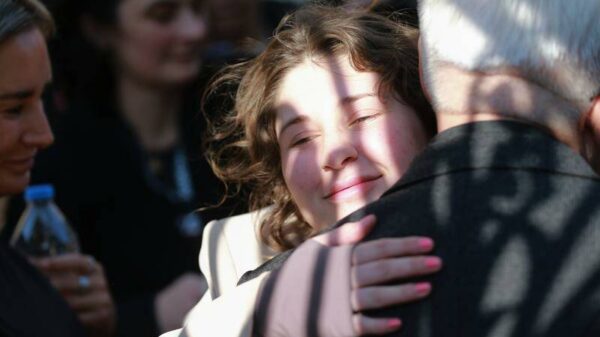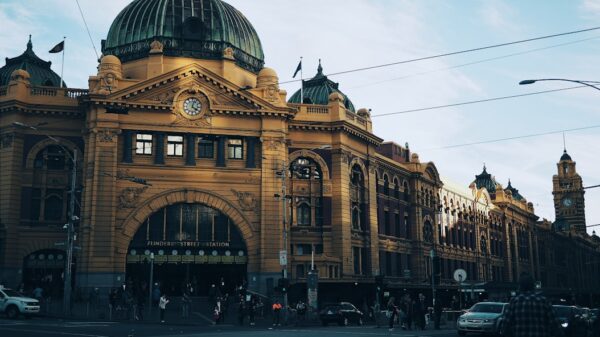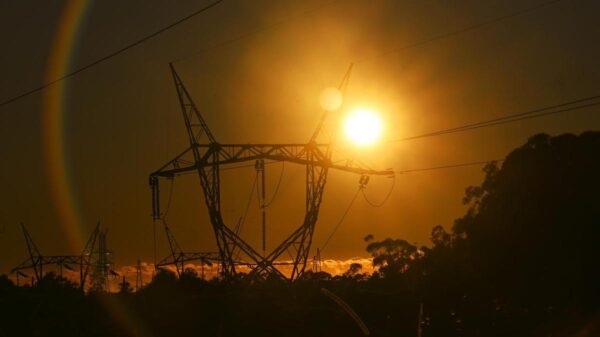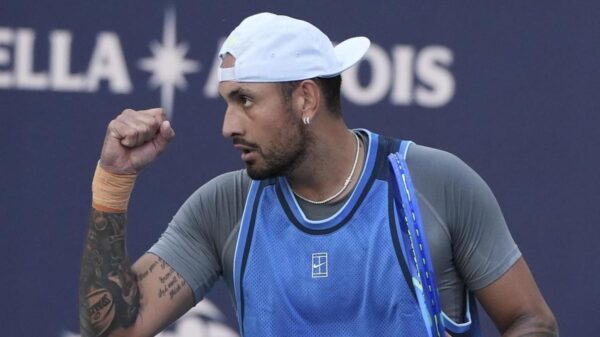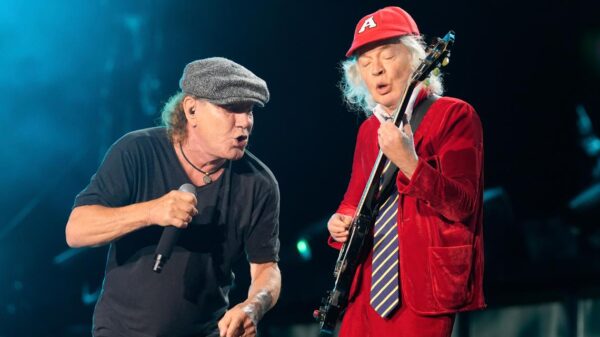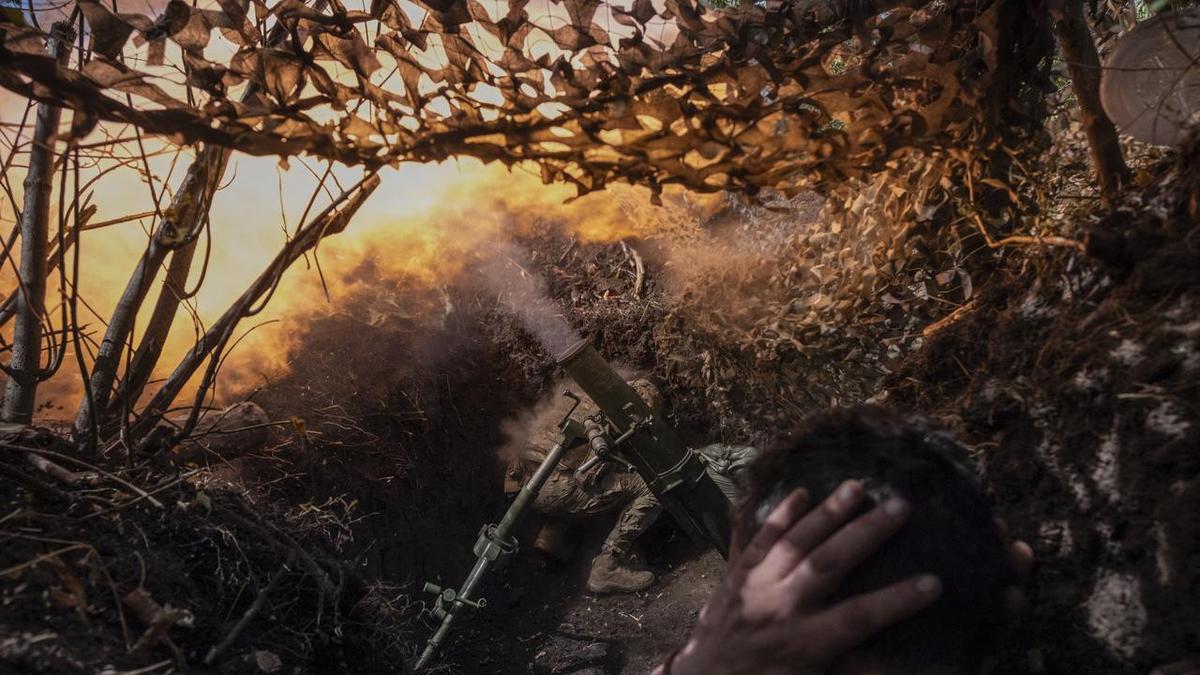UPDATE: Intense fighting has erupted in the war-torn city of Pokrovsk, Ukraine, as Russian and Ukrainian troops clash in a critical battle for control of this strategic transport hub. Ukrainian military officials report that fierce engagements are ongoing, with additional special forces deployed to bolster defenses and reinforcements of weapons and equipment arriving rapidly.
The Russian Defence Ministry claims that its forces have captured 35 buildings previously held by Ukrainian troops. Meanwhile, Ukrainian forces deny being encircled, insisting they maintain operational capabilities around Pokrovsk and in the nearby town of Kupiansk, located approximately 160 km to the north.
As the conflict enters its fourth year, peace talks have stalled, and Russia asserts it has the initiative across various fronts, despite not securing a major victory since the capture of Avdiivka in early 2024. Ukrainian sources indicate that the fighting remains largely stagnant, with minimal territorial losses reported.
Latest updates from DeepState, a Ukrainian project tracking the front lines, reveal Russian forces are making incremental advances in and around Pokrovsk. However, much of the area remains in a contested state, labeled as “grey” on the maps, indicating neither side’s complete control.
Pokrovsk, which had a pre-war population of around 60,000, has seen most civilians evacuate, leaving the city devastated and largely uninhabited. Securing this location could provide Russia with a strategic platform to launch further offensives towards the major Ukrainian-controlled cities of Kramatorsk and Sloviansk, both key targets in the ongoing conflict.
Ukrainian President Volodymyr Zelenskiy acknowledged the growing pressure on Pokrovsk, noting on social media that Russian troops have not established full control over any district. He emphasized the ongoing counteroffensive operations near Dobropillia, where Ukrainian forces are actively engaging Russian troops. Zelenskiy highlighted the critical focus on enhancing weapons supplies and scaling up drone production to meet the needs of frontline brigades, including those from the National Guard of Ukraine’s ‘Azov’ unit.
As the situation develops, both sides remain entrenched, with the humanitarian impact of the ongoing war weighing heavily on civilians in the region. The international community is watching closely as these battles unfold, with significant implications for the broader conflict in Eastern Europe.
Stay tuned for more updates as this situation evolves.


